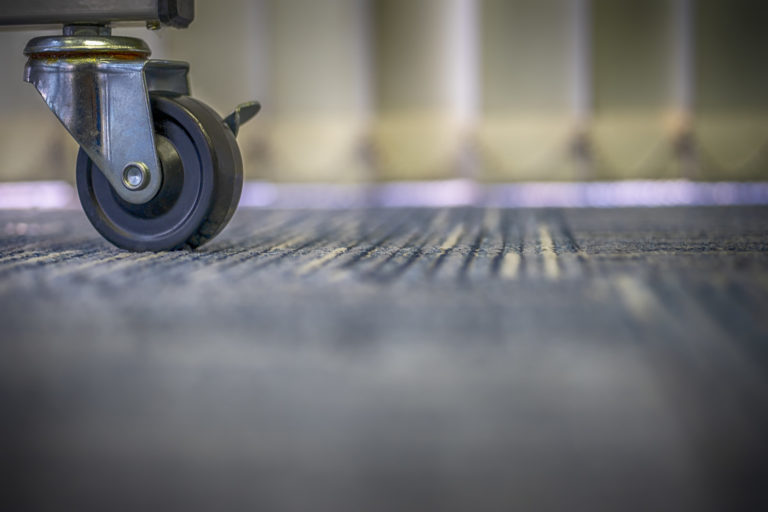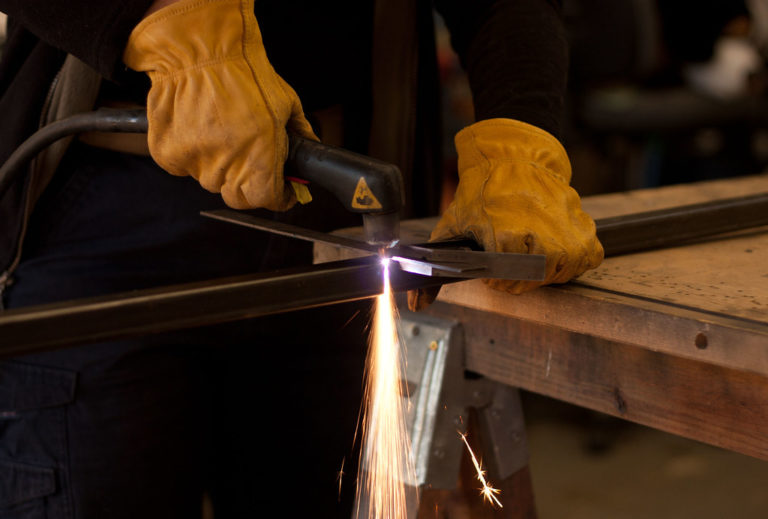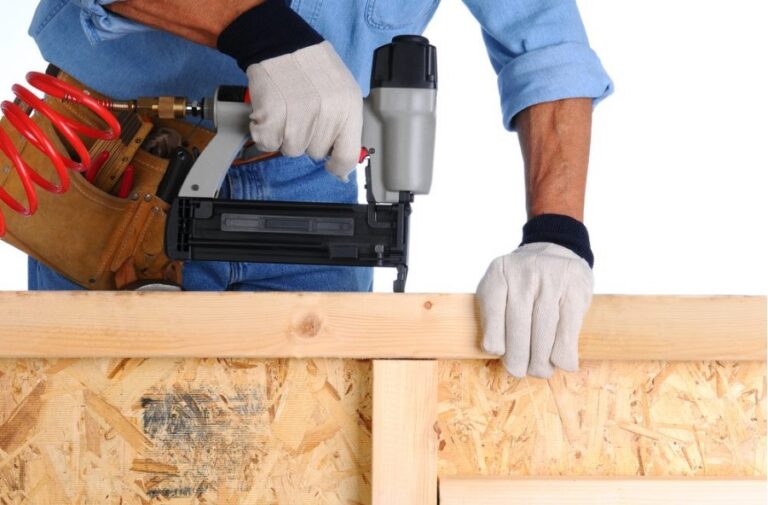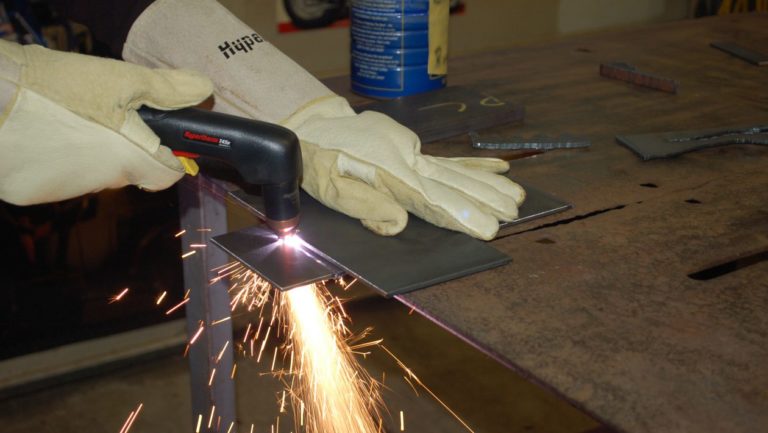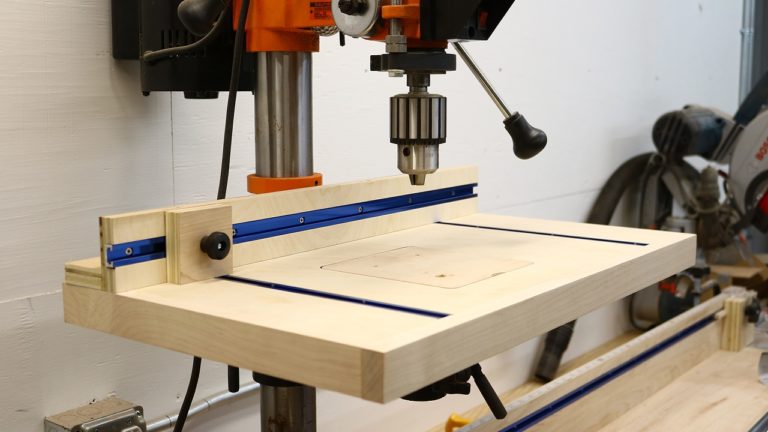Choose The Right Wood For Your Project
Choosing the wood for your DIY woodworking projects requires some knowledge and understanding of wood. Though a woodworker may not need to dive into the scientific study of trees (known as dendrology), a good understanding of the classification of wood will definitely help in deciding the kind of wood to be used for a particular project.
Types of Wood – Hardwood vs Softwood
In general, wood or lumber can be classified as hardwood or softwood. What is the difference between the two? Does it mean hardwood is harder than softwood? Not always. In fact, some hardwoods such as balsa and yew are softer than many softwoods. Definitely the hardest hardwood is much harder than any softwoods. Similarly, softwood such as Douglas fir is harder than many hardwoods.

Hardwood
The hardness of wood or lumber is very variable. The main features differentiating hardwood and softwood are the characteristics of pores of the wood. Pores (also known as vessels) in the wood can vary in size, shape and structural density. These characteristics will determine what you could do to a wood. Structurally, hardwoods are more complex than softwood. In terms of timber production, softwood is still the major source globally.
There are hundreds of species of hardwood. Some common species of hardwoods are oak, maple, cherry, walnut, aspen, basswood, beech and yellow birch. Examples of less common hardwood species are butternut, mesquite, pear and sycamore. Softwoods are from the cone family, which bears needles instead of leaves. Common softwood species are pine, fir, redwood, cedar and cypress.
For the purpose of woodworking projects, both hardwood and softwood can be used. The general deciding criteria depends on your budget and purpose. In general, most people choose hardwoods for indoor projects due to their desirable grain and figure characteristics. Hardwoods are suitable for projects such as indoor furniture, cabinet, trim-work and turnings. Softwoods tend to be more common in outdoor projects. So, for projects such as outdoor furniture, tree houses, utility sheds and painted enclosures, softwood tend to be the feasible choice of wood. Again, these are not hard and fast rules. These are general guidelines. If budget is not an issue, you can use the more expensive hardwood or furniture-grade lumber for your projects.

Other Factors When considering Choice of Wood
Apart from the budget point of view, there are also other considerations to choosing your wood. You probably want to consider the ease or difficulty with which to work with for the kind of wood you use. That also depends on your skill or craftsmanship level. If you are just starting to learn this hobby, you probably want to practice with more economical choice until you have mastered the art. You may also consider the final appearance of your woodwork whether you use hardwood or softwood.
Once you get serious in this hobby of woodworking, you will gradually find that this hobby requires knowledge and experience in wood. Over time and experience, you will gain a wealth of knowledge in the woodworking field. It is probably wise to do some research and reading before you plow ahead and get into ambitious project. Some knowledge may seem to be common sense to a seasoned and experienced woodworker, but it’s probably a totally new information to the novice. For instance, you are not supposed to force a screw inside hardwood. You need to bore a hole, know as pilot hole before you put a screw in hardwood. Another example would be the use of extremely sharp tools for planing and cutting hardwood. Such knowledge is not necessarily common knowledge outside the woodworking world. So, if you are just starting out in woodworking, you might want to have some basic understanding of what you can and what you cannot do when it comes to the wood you use for your project.
To leave you with something to think about, try to consider the following factors when choosing your wood:
- Strength
- Hardness
- Grain Characteristics
- Weight
- Color
- Durability
- Availability
- Cost
Lastly, I strongly suggest the beginning woodworker starts with softer wood like pine or spruce which is easier to work with. As you get more experienced, you can use harder wood like cedar and oak.


